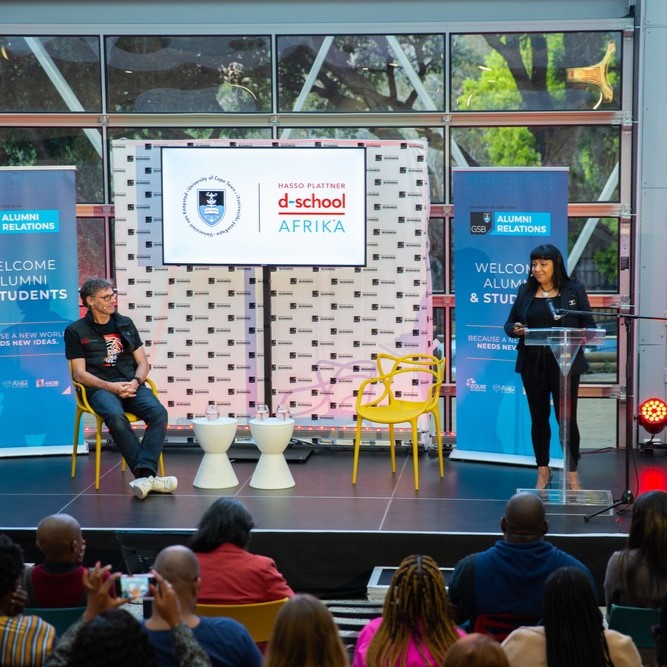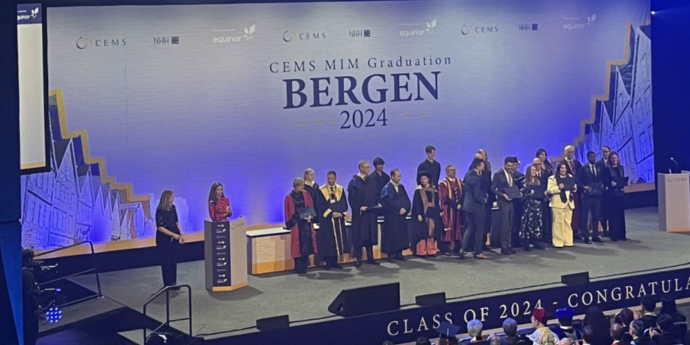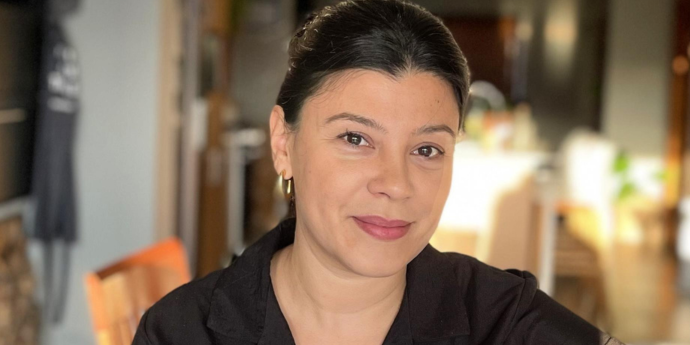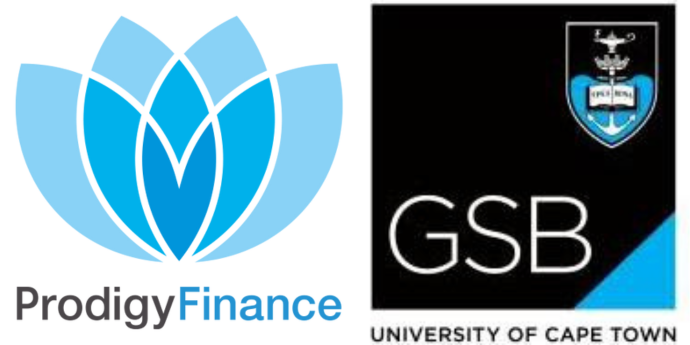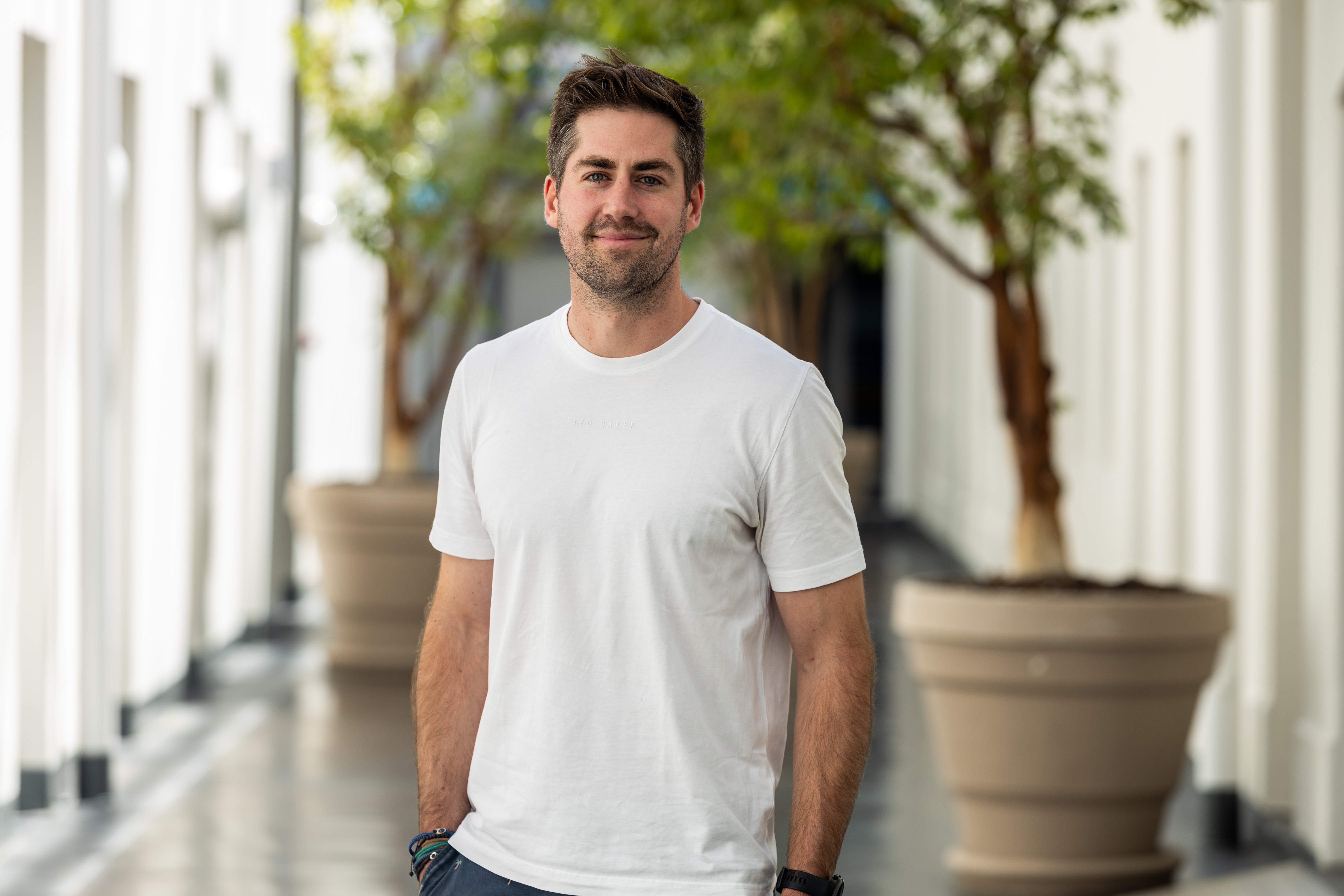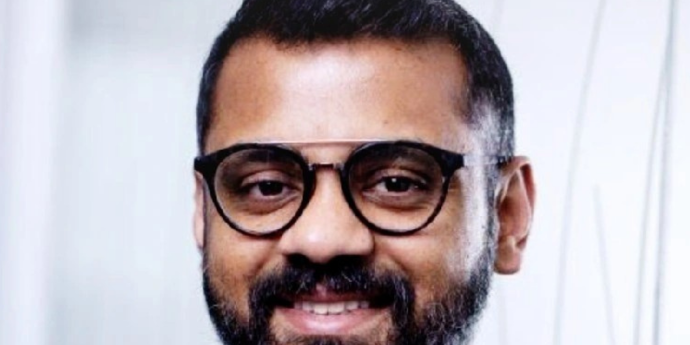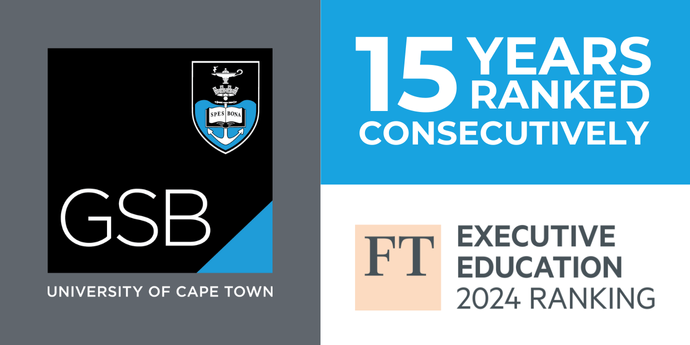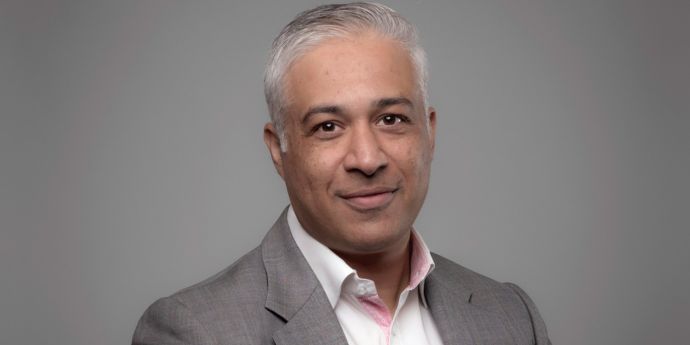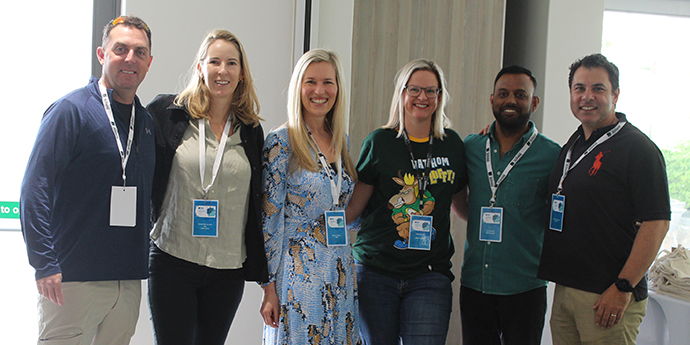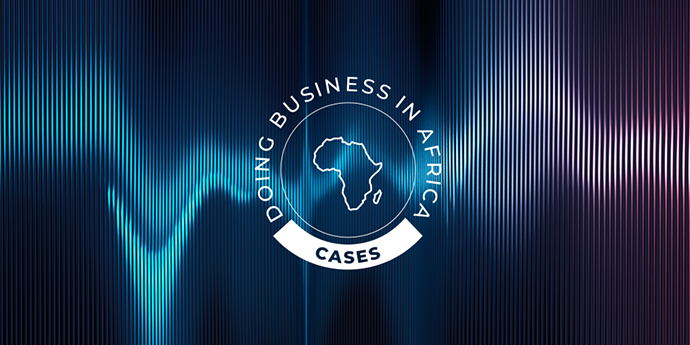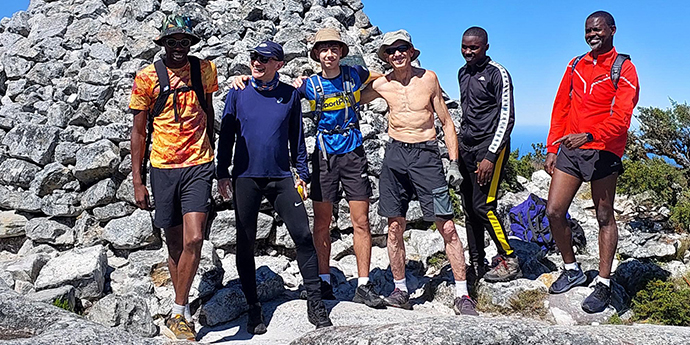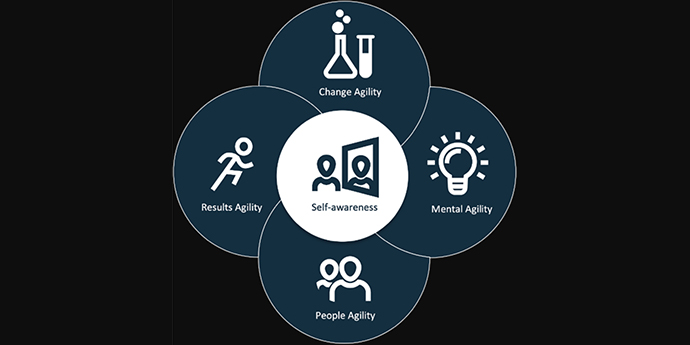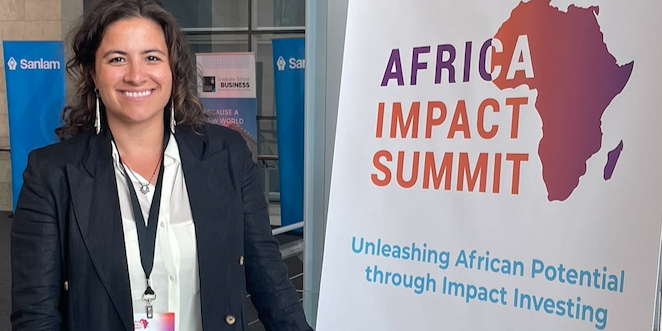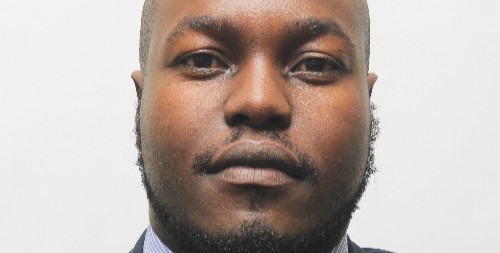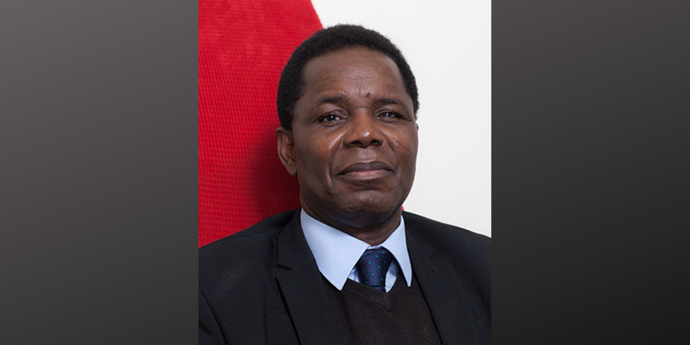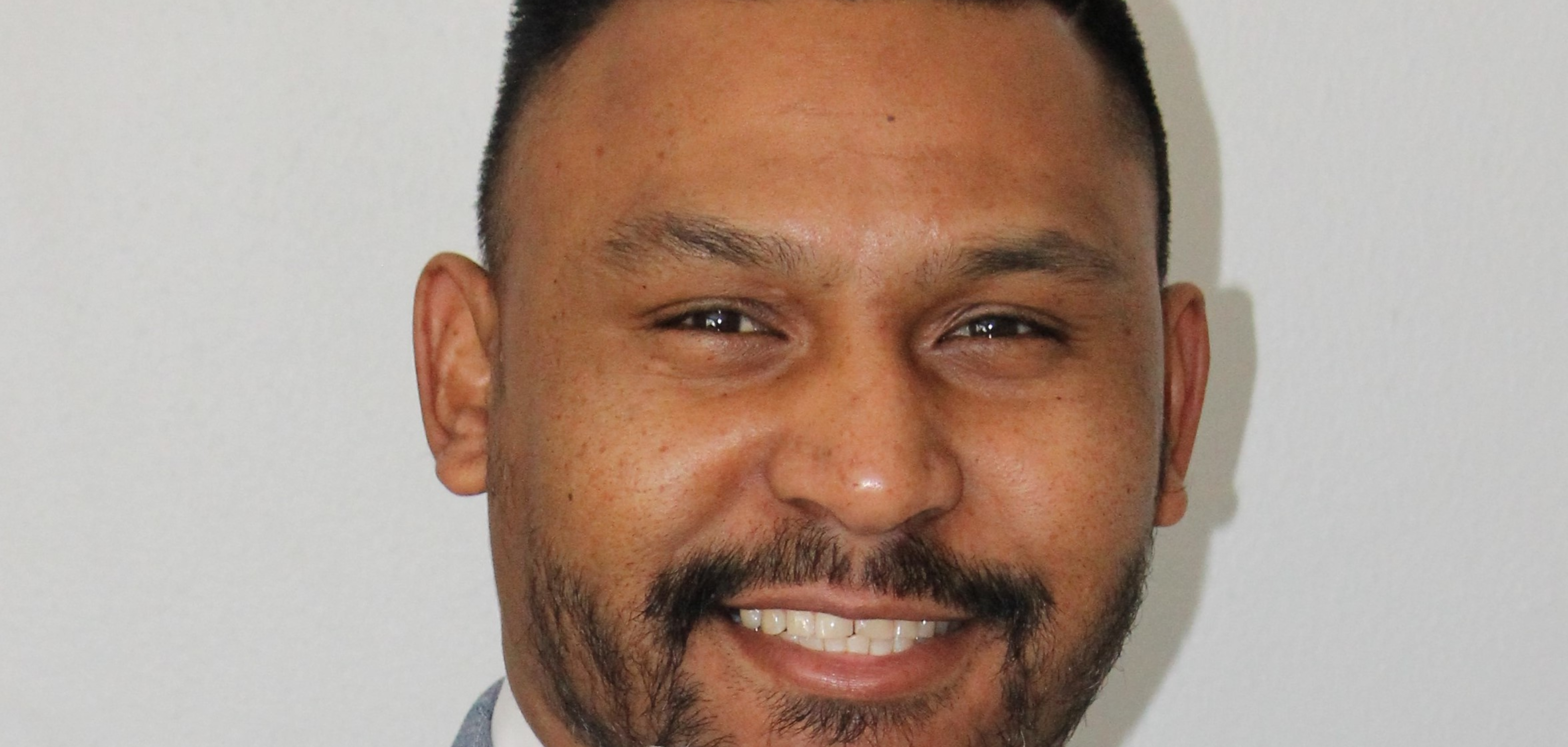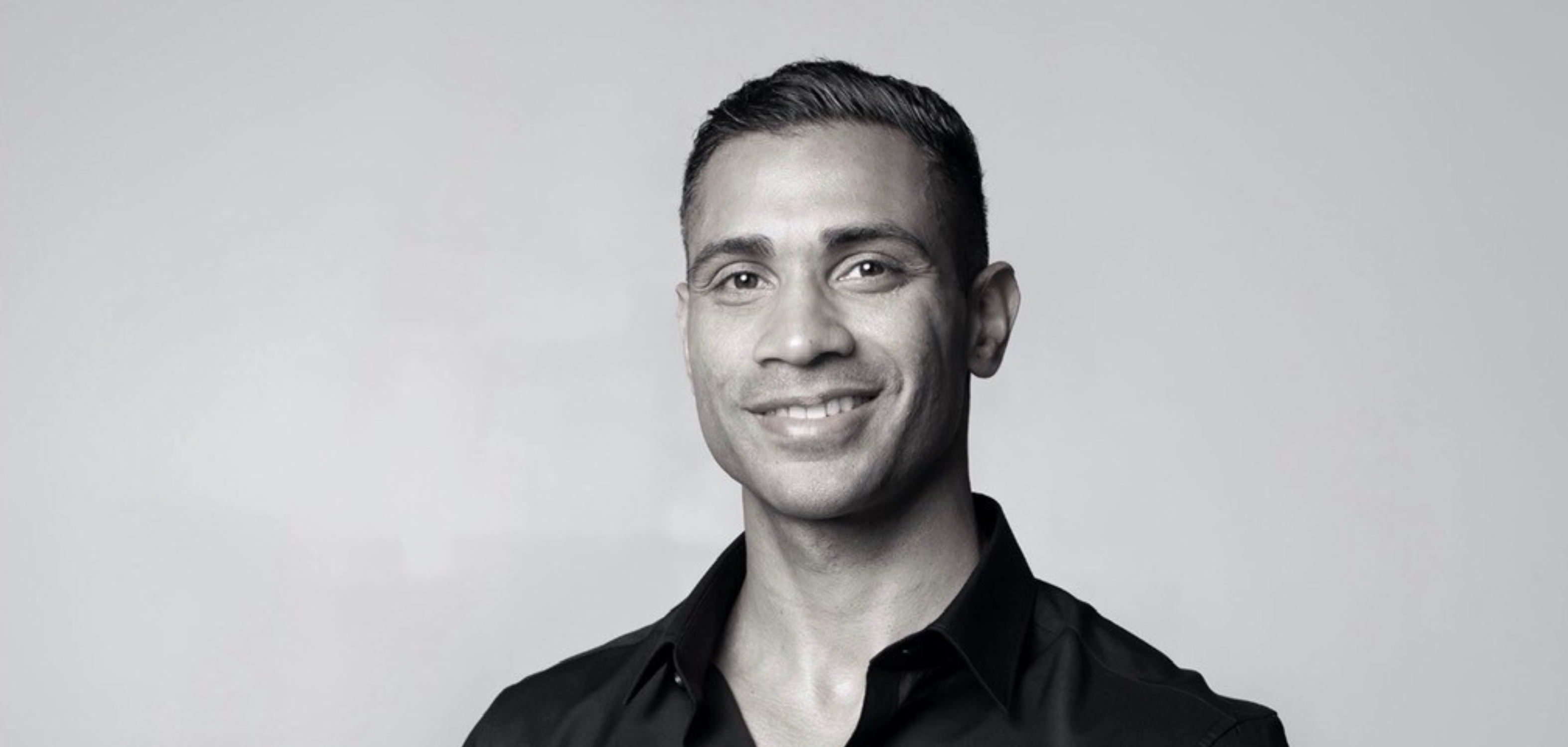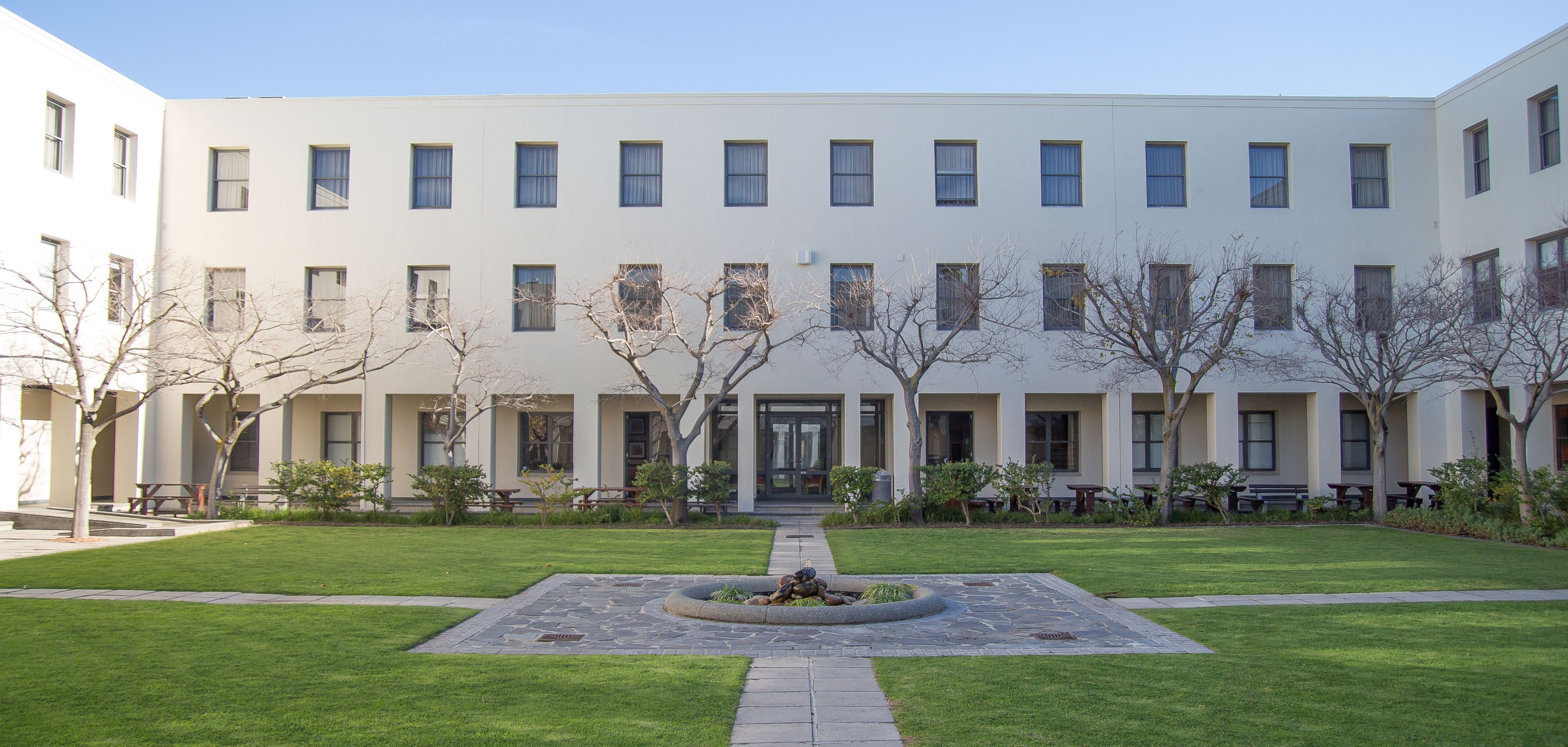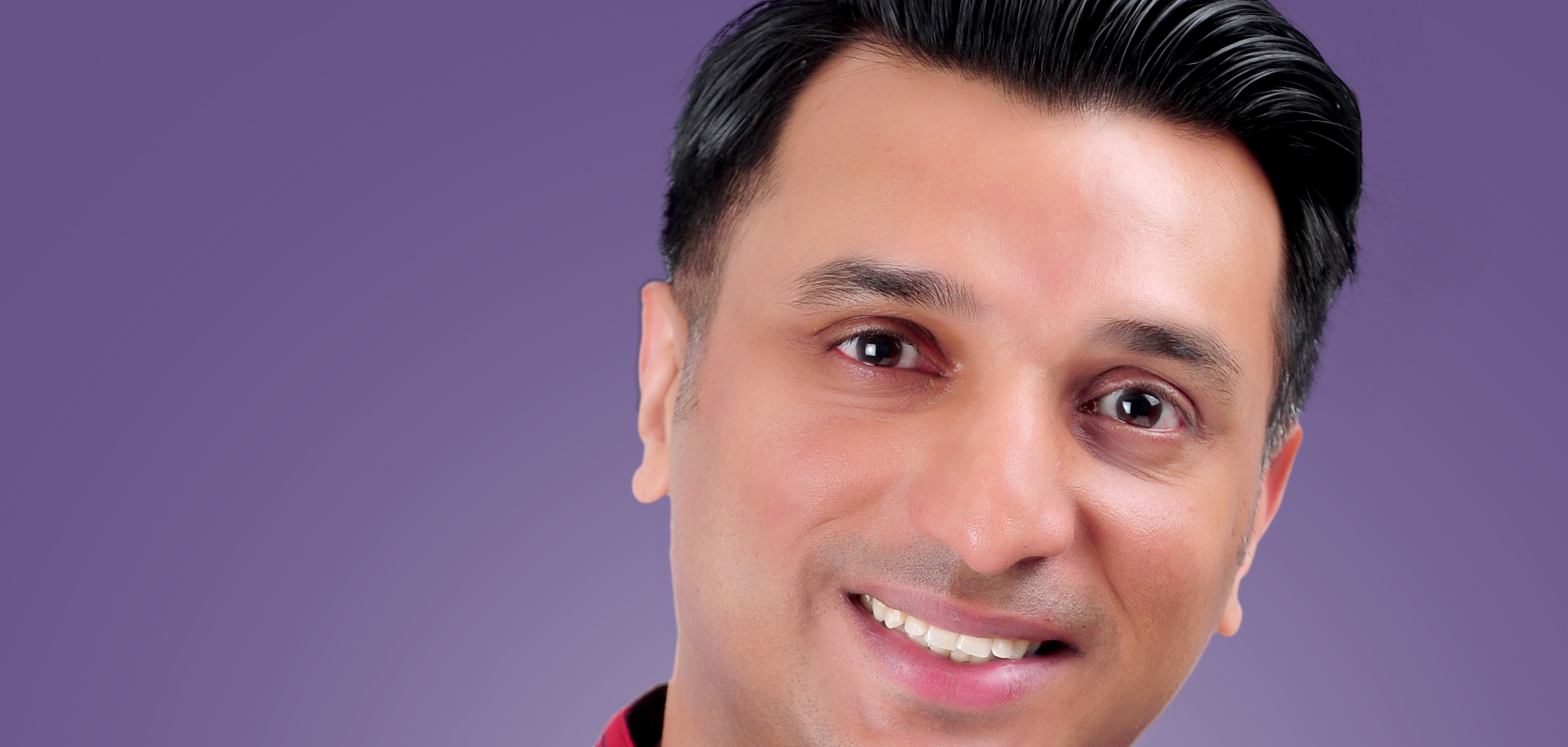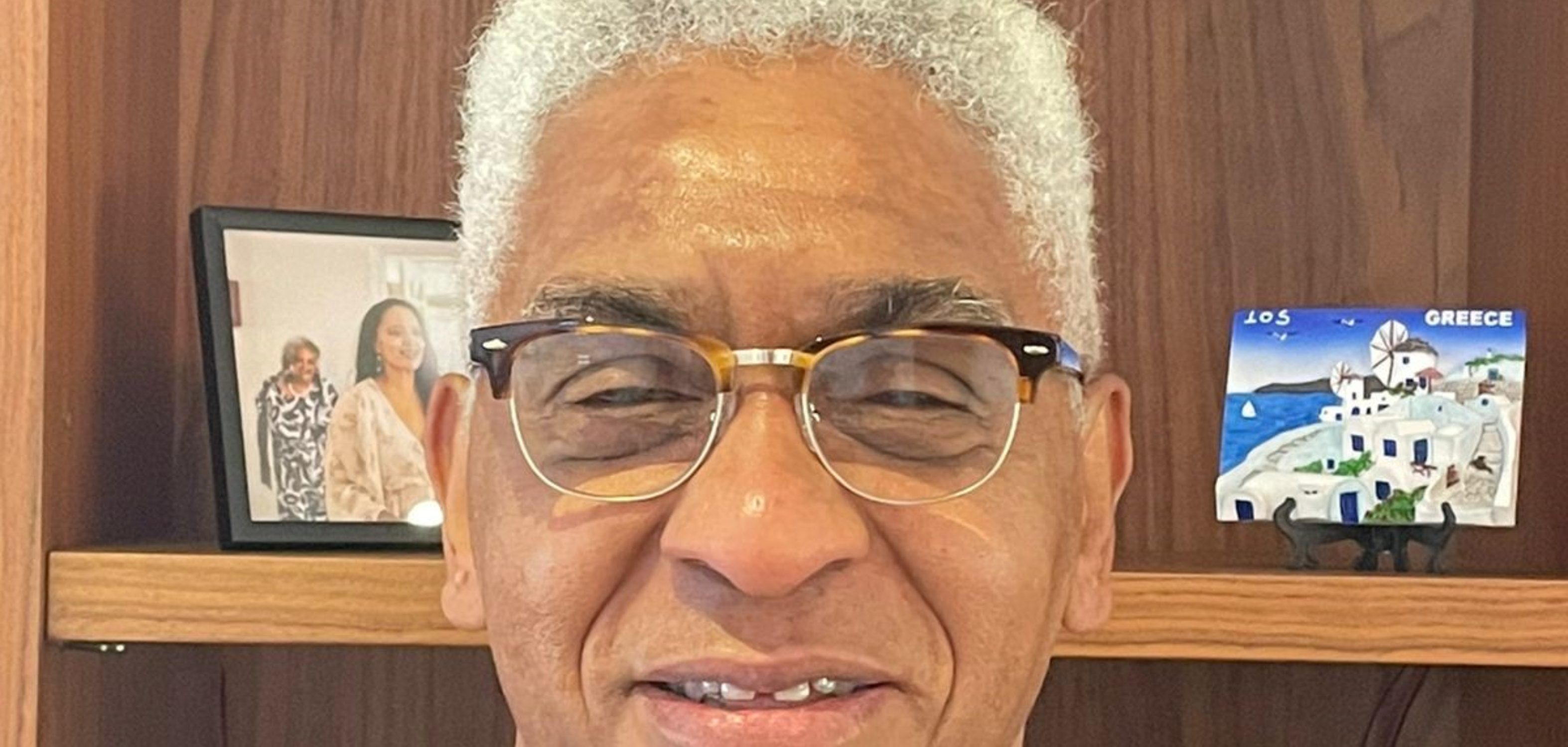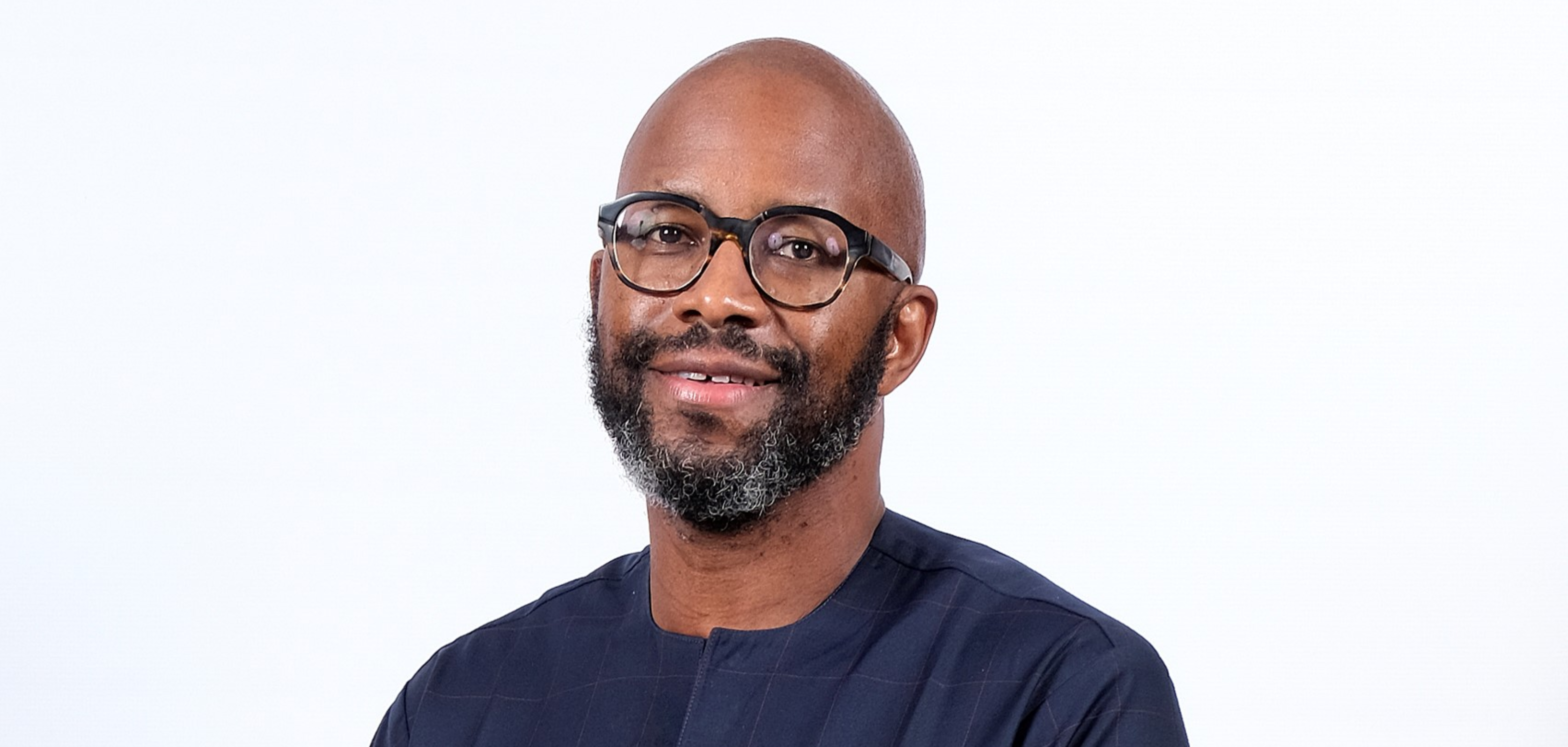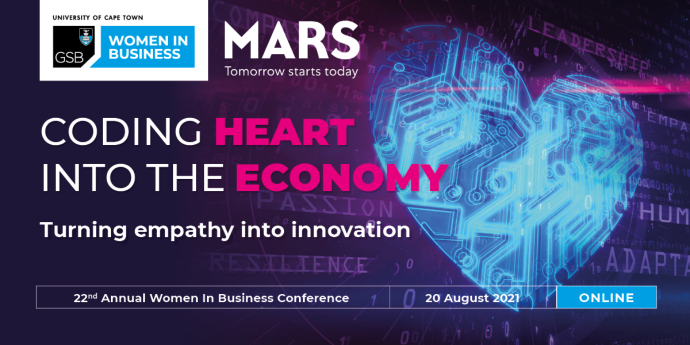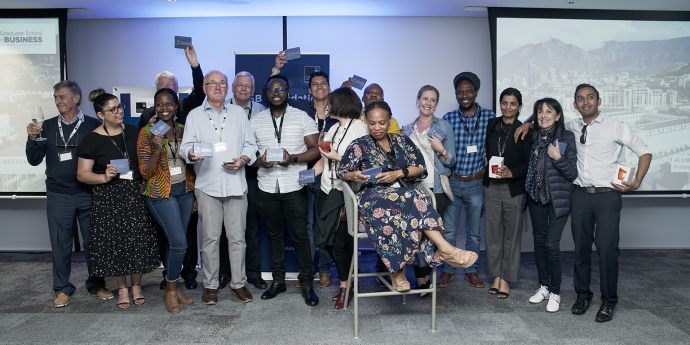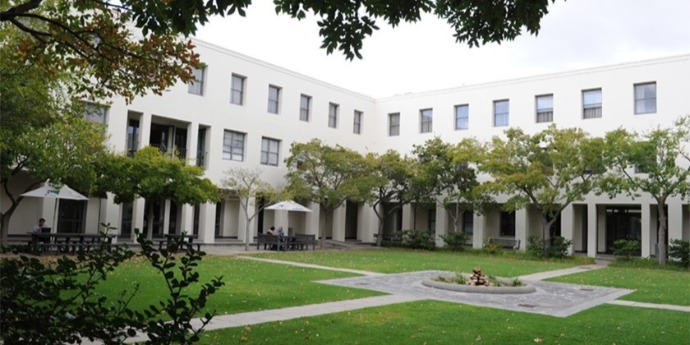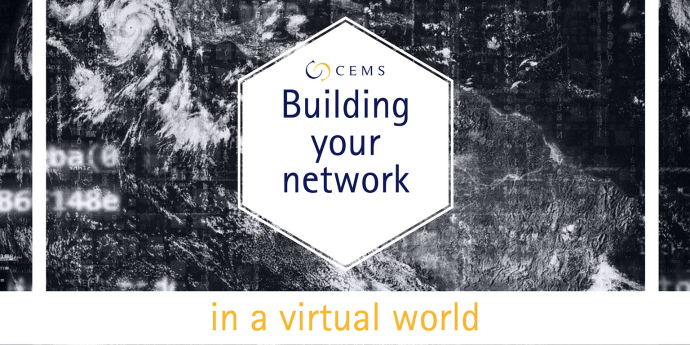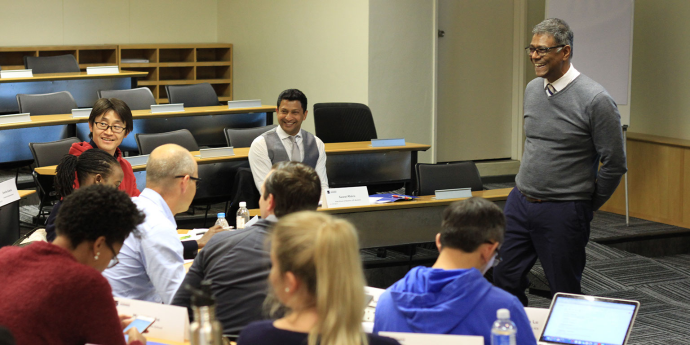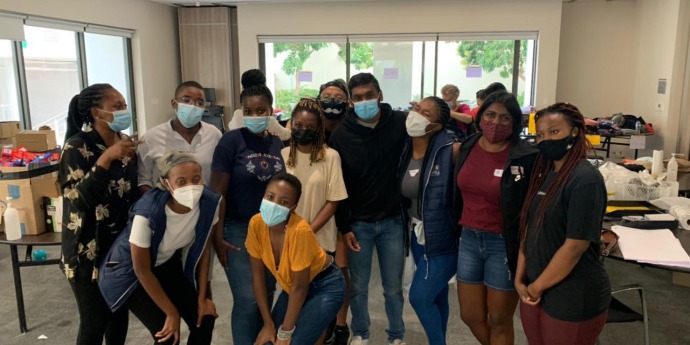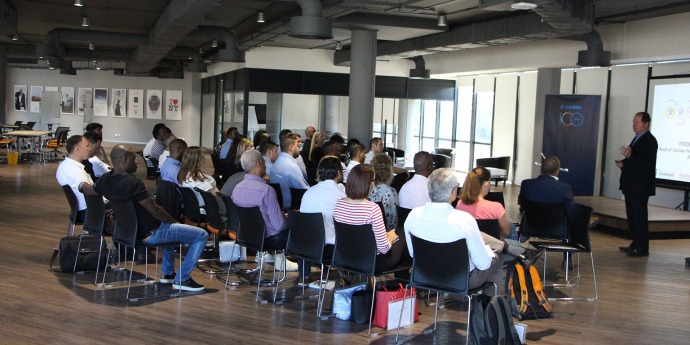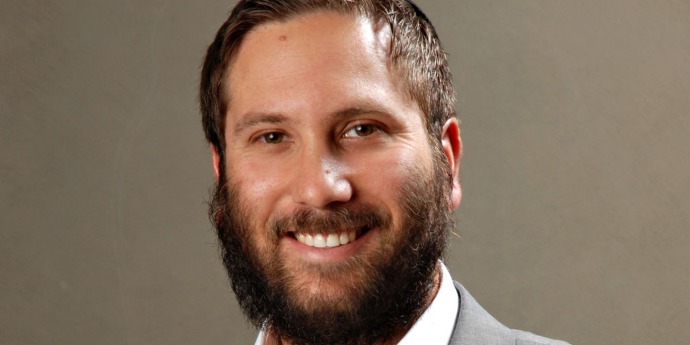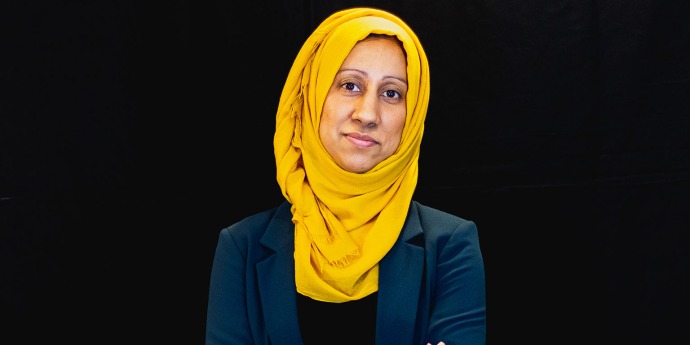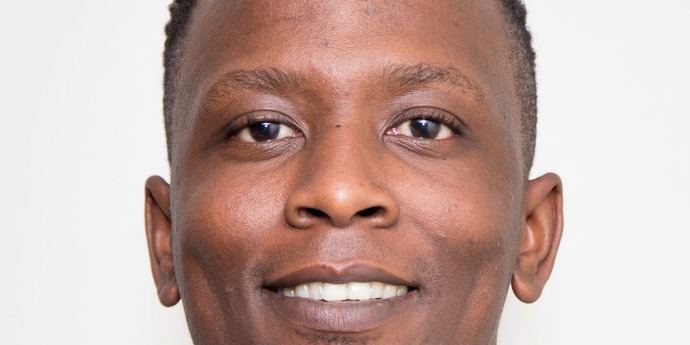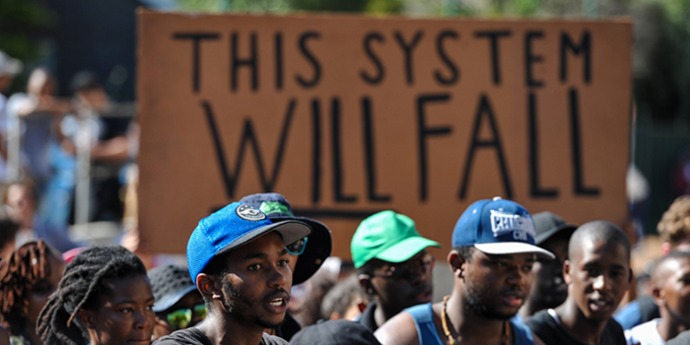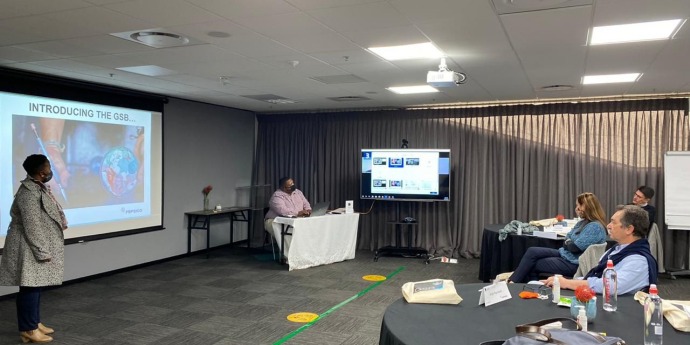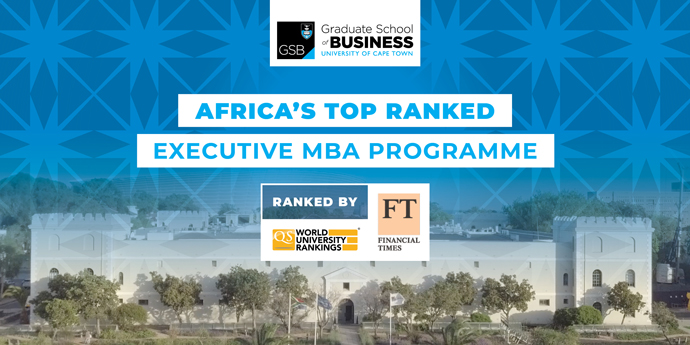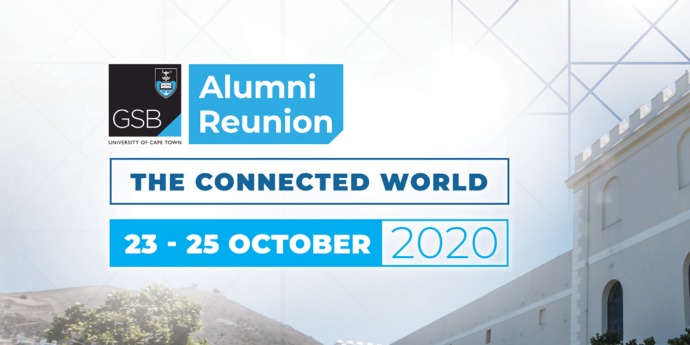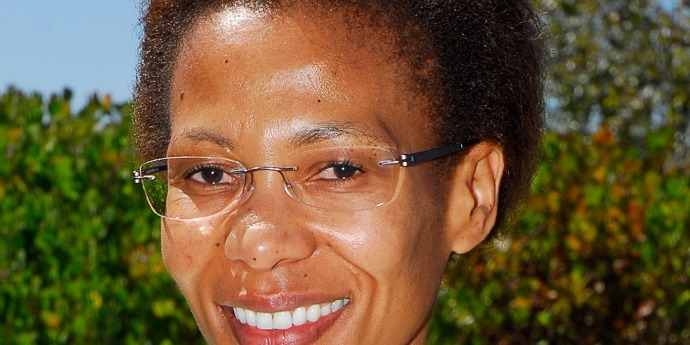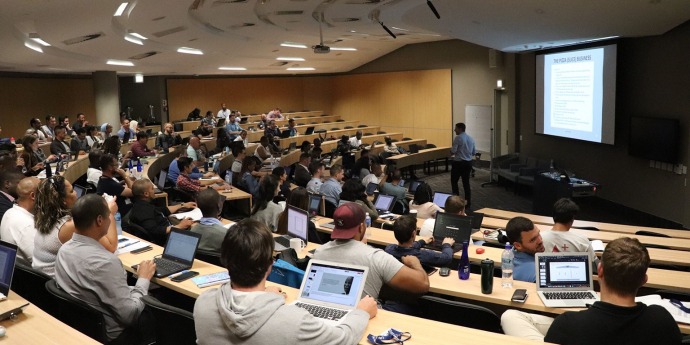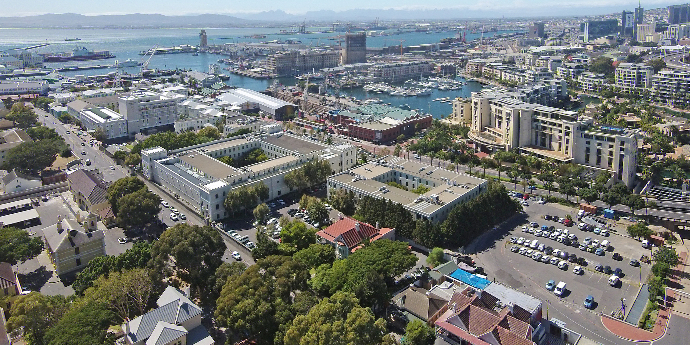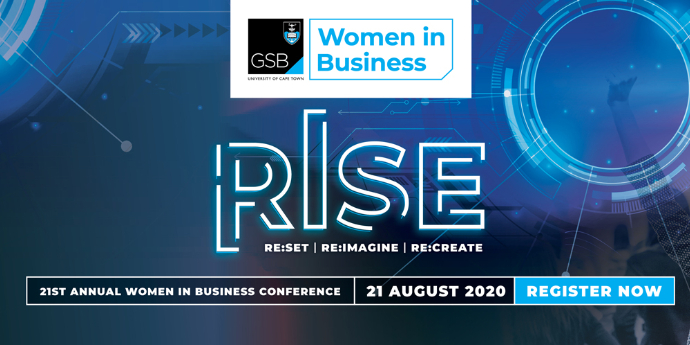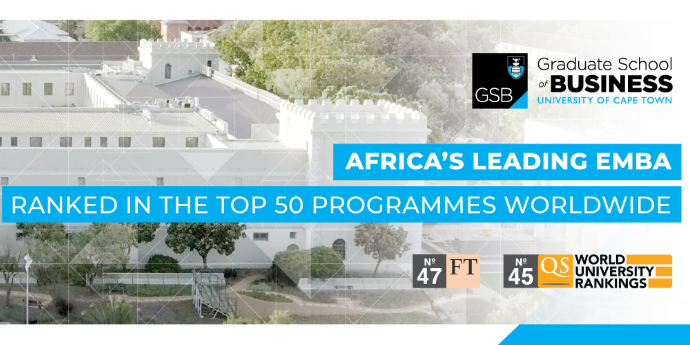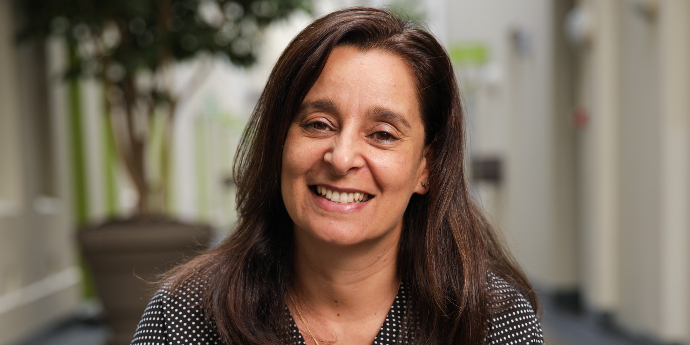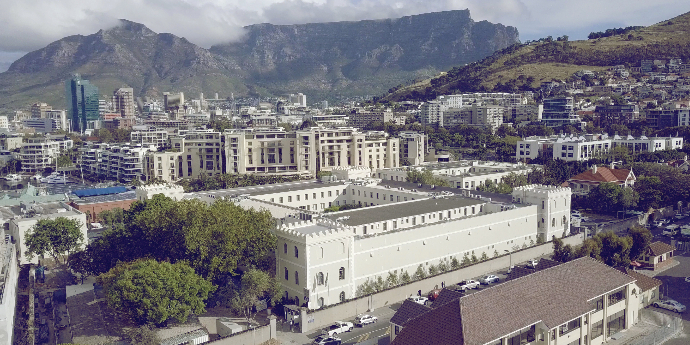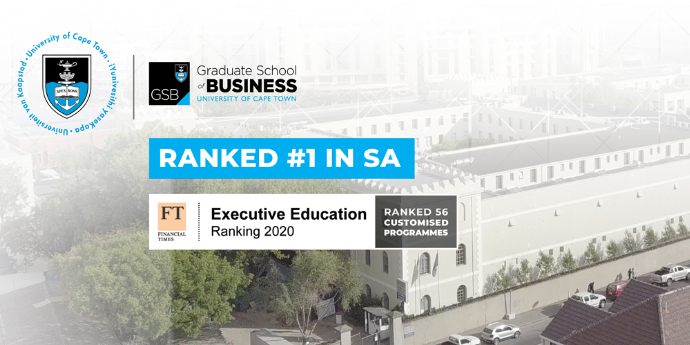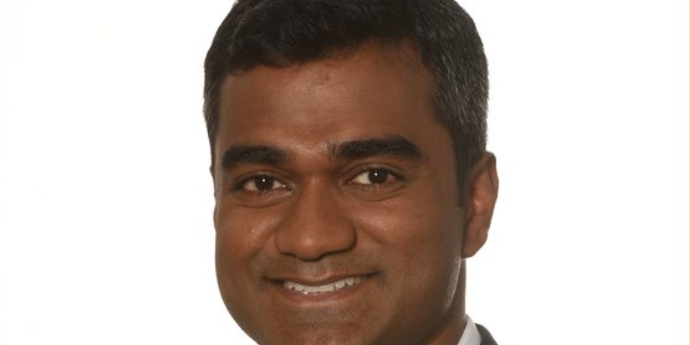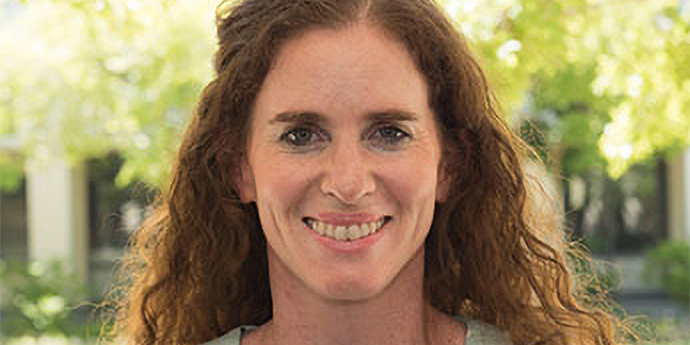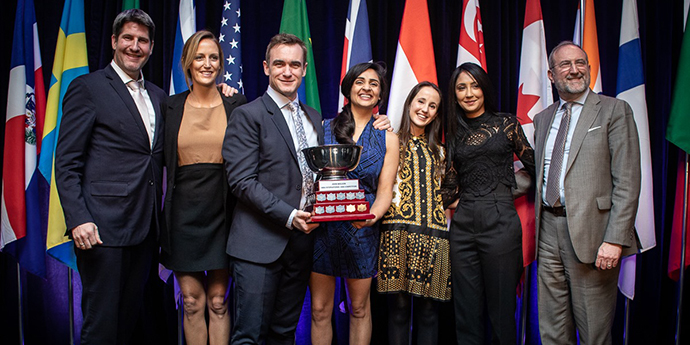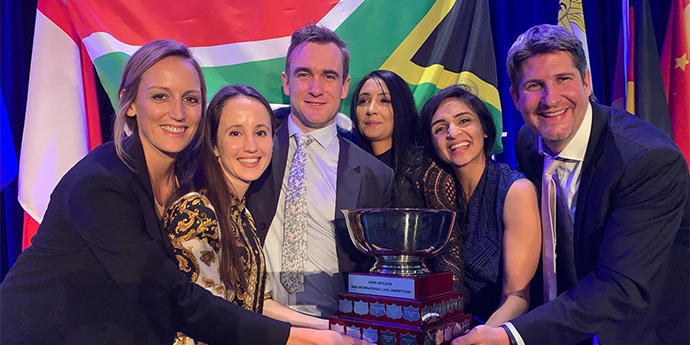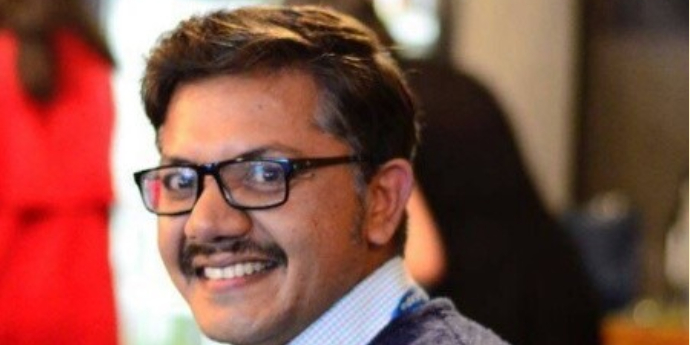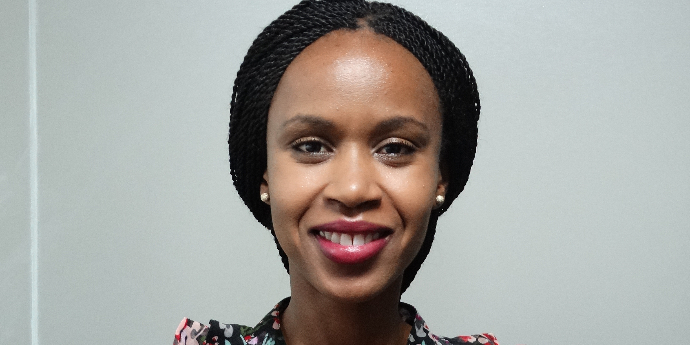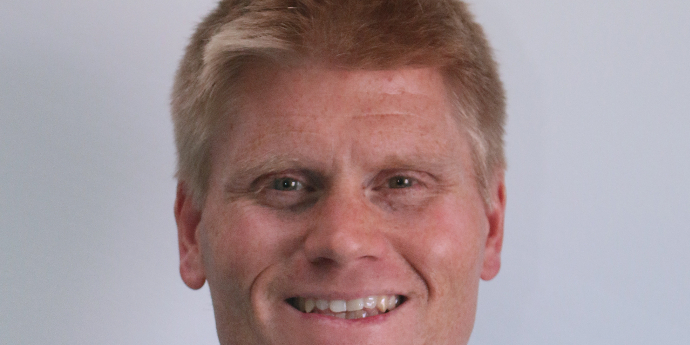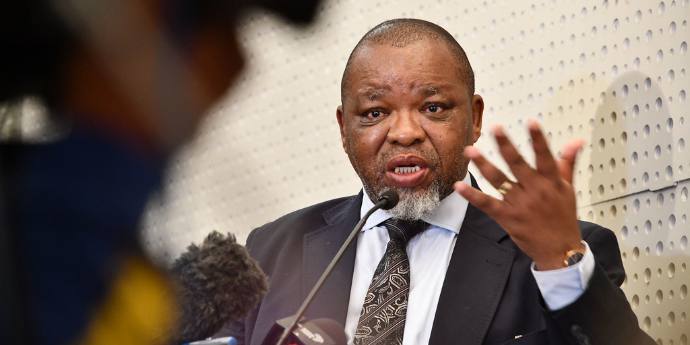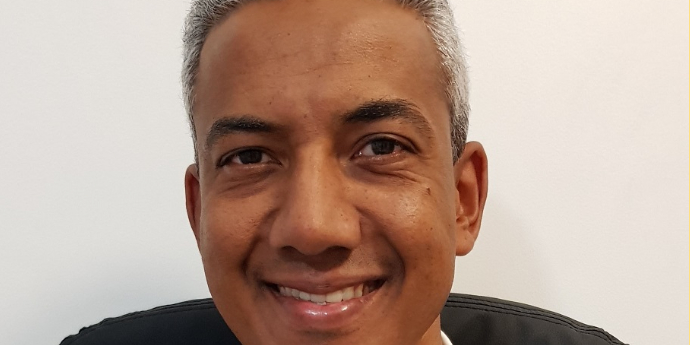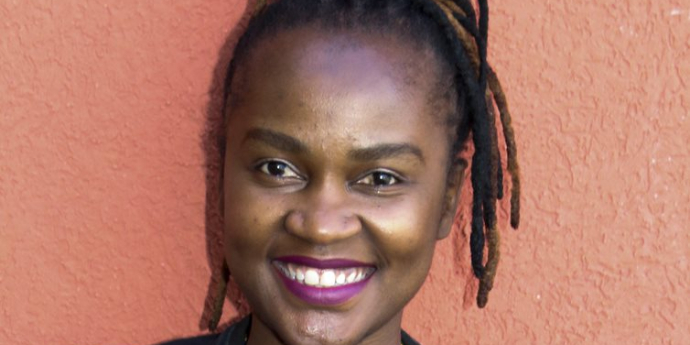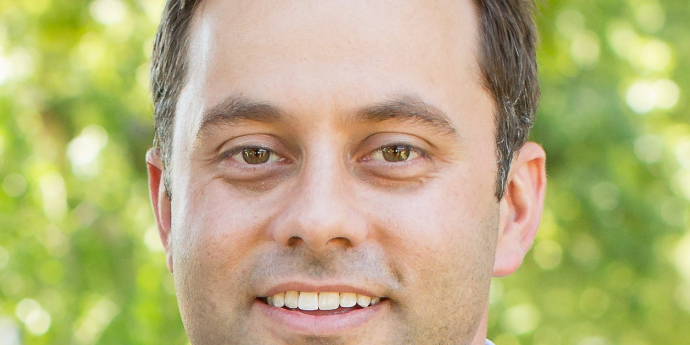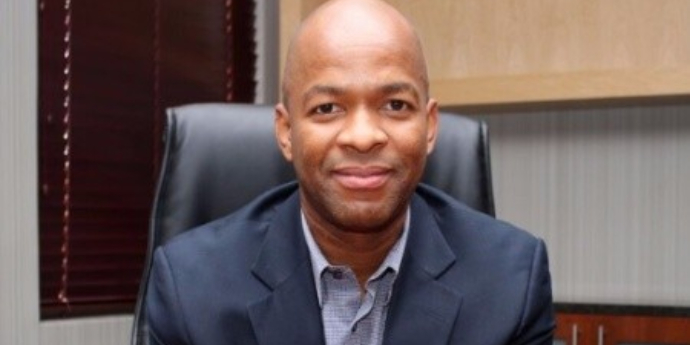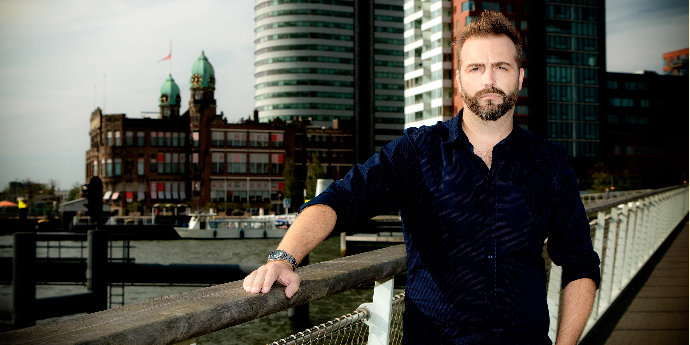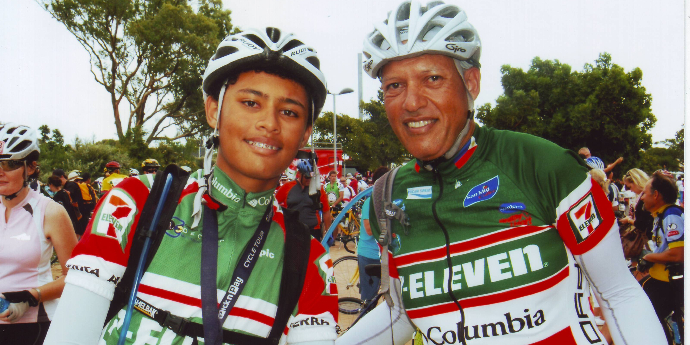On 18 May, GSB Alumni Relations hosted a discussion with Richard Perez, UCT GSB EMBA Alum and founding director of the d-school Afrika, and Sean Lewis, Guest Lecturer on the Executive MBA program and EMBA Alum at the UCT GSB were in discussion about systems thinking and Design-led thinking approaches to tackle challenges leaders face today. The moderator Portia Heynes, UCT GSB EMBA Alum introduced the session by discussing the future of work.
Portia highlighted that future work skills require capability applied across different contexts - and those with this talent will have more opportunity. The traditional job description no longer exists. So too is the concept of retirement – in the war for talent, if you have the right skills, how young or old you are will no longer be relevant. Organisations need to empower human impact through the use of technology and to do this, need to plan for the future.
Sean cited three key lessons from systems thinking in his Portrait of a Systems Thinker presentation with his example being Gandalf from Lord of the Rings.
- Create a shared purpose. Gandalf understood complex systems and that, within each organisation, there are multiple smaller systems. He understood that if you can craft a shared purpose, the systems are then mutually interdependent and stronger than the sum of its parts. Defeating Seren requires a multi-faceted approach.
- Identify how each component fits together. To make better decisions, Gandalf realised he needed to understand each component. A multidisciplinary approach to problem solving with different divisions is key. Build in feedback loops. Gandalf mobilised the hobbits, dwarves and elves to join the fight against Seren by making the messaging relevant.
- Look at the root causes not the symptoms. Gandalf understood he had to destroy his nemesis not treat the symptoms.
To look at a recent example, if you look at the water crisis experienced in Cape Town. The underlying issue was too much water consumption, not that water was necessarily scarce. By creating a movement and clear messaging, society was mobilised with many different areas united to work together to reduce water consumption. We haven’t increased the amount of water we have available.
Richard Perez discussed how the design thinking process worked and why it is more relevant than ever. Design thinking is an approach to problem solving where the outcome is not predetermined. The world is increasingly complex. Design thinking allows all voices to be heard but the approach requires tenacity and grit. It requires making decisions on incomplete sets of data and this is something that isn’t comfortable for most people. To succeed in the future, a key skill will be this ability to stop thinking two dimensionally and being concerned about control.
To solve a problem, you need to consider:
- The impact the outcome will have
- Not define what you think the solution is
- Not start with what it looks like now
- Be open to interdependencies and focus on outputs
- Consider assumptions with the systems-thinking lens
- Consider interventions with a design-thinking lens.
- Practice active listening
“Often a solution is an iterative process. The boundary of the system isn’t necessarily the same as the boundaries of the organisation so you need to think more broadly. What may seem logical and obvious to everyone may not be considering all the parts of the system. With the current challenges facing Eskom, if we accept the allegations of criminal cartels, they too are part of the system and we cannot solve for our electricity crisis without considering that – renewable energy may seem an obvious solution but within the system, they simply are not.” – Richard Perez

